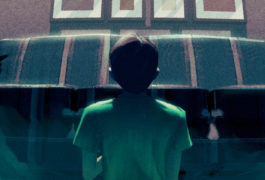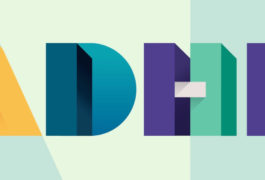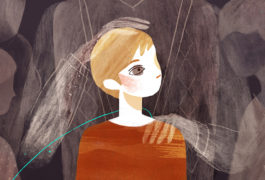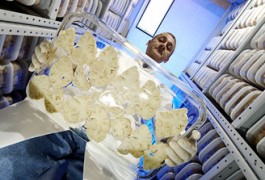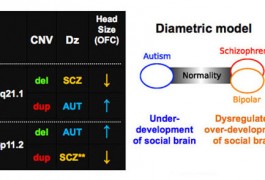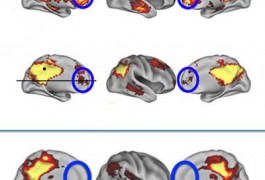Spectrum: Autism Research News

Special Report: Lessons from other fields
Autism is a chameleon: What it looks like changes from one person to the next. Individual differences crop up both in its core features and in the conditions that often accompany it: depression, epilepsy, anxiety and attention deficit hyperactivity disorder. Autism also travels with a number of rare conditions rooted in a single gene.
Autism’s diversity can complicate its diagnosis and treatment. In this special report, we explain why this diversity can also also be a strength. Studies of rare genetic syndromes such as Smith-Magenis, Angelman, Rett, tuberous sclerosis and Ehlers-Danlos are likely to pave the way to new therapies for autism.
A better understanding of epilepsy, and how best to treat it, is also likely to have positive ripple effects for people with autism: Data suggest that preventing seizures could ease autism traits. A deep dive into the nerves that control sleep, stress and heart rate also explains a lot about what it means to be autistic. And the study of how depression manifests in autistic people holds essential lessons for improving their lives.
In this special report, we explore the lessons we can learn about autism from studies of the conditions that are part of autism’s spectrum of colors.
Featured Articles

Getting at the heart of autism
Cardiac activity could reveal autism’s physiology and confirm a hunch many clinicians share: that people with autism experience great stress.

The deep emotional ties between depression and autism
Autistic people are four times as likely to experience depression over the course of their lives as their neurotypical peers. Yet researchers know little about why, or how best to help.

The link between epilepsy and autism, explained
Autism and epileptic seizures often go hand in hand. What explains the overlap, and what does it reveal about autism’s origins?

Rett syndrome’s link to autism, explained
Studies of Rett syndrome hint at genes, cells and brain circuits that may be involved in autism — and may pave the way to treatments for both conditions.

What two rare ‘social’ syndromes reveal about autism
Studying Smith-Magenis and Potocki-Lupski syndromes — two single-gene conditions in which people have trouble reading social cues — may boost our understanding of autism.

What Ehlers-Danlos syndrome can teach us about autism
Not much is known about the connection between autism and Ehlers-Danlos syndrome, a condition that affects collagen. But preliminary work provides tantalizing clues.

Angelman syndrome’s silent gene points way forward for autism therapies
Advances in research and help from families have brought scientists to the brink of an effective therapy for Angelman syndrome.

Studies of tuberous sclerosis may shed light on biology of autism
Tuberous sclerosis provides a unique opportunity to understand autism because about half of people with that single-gene condition also have autism.

